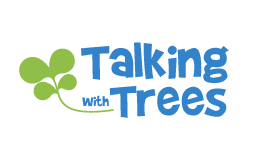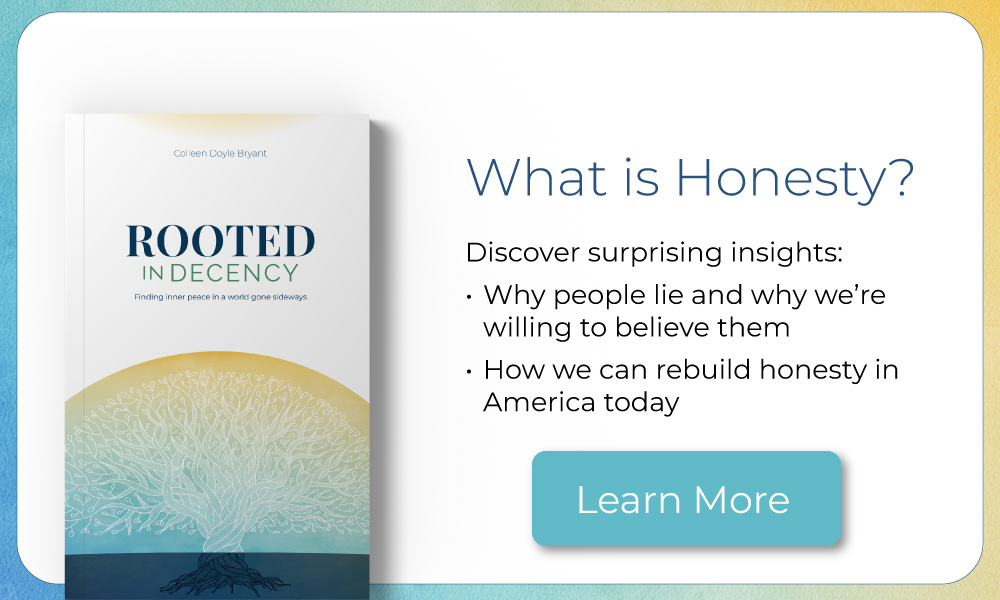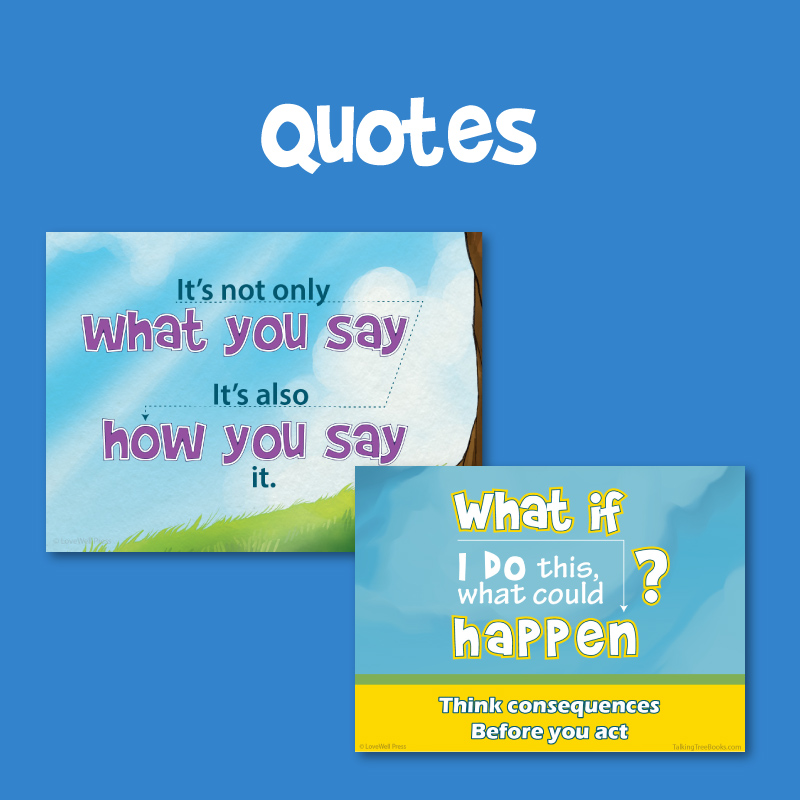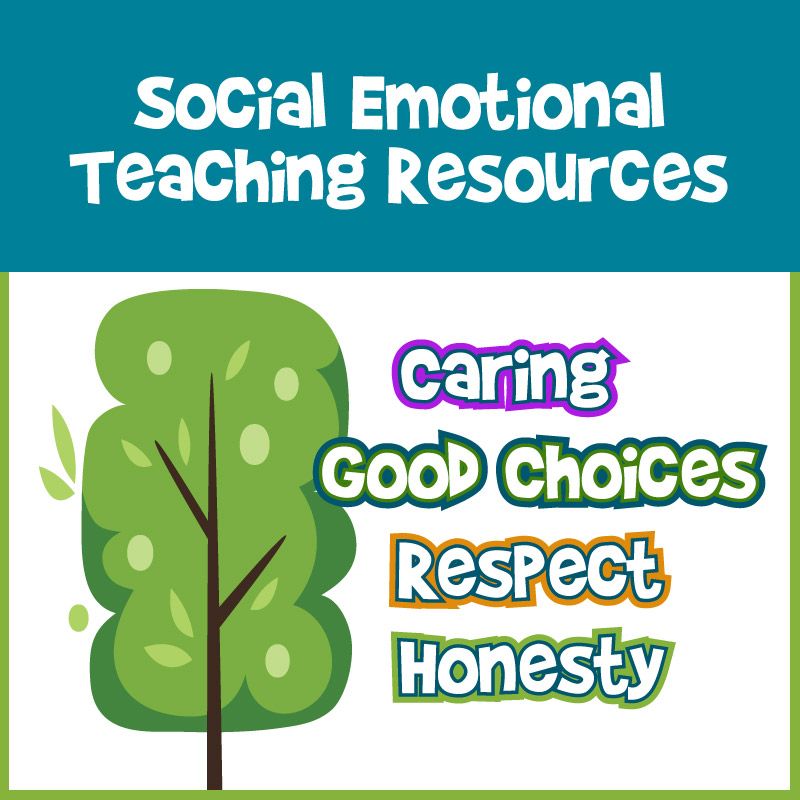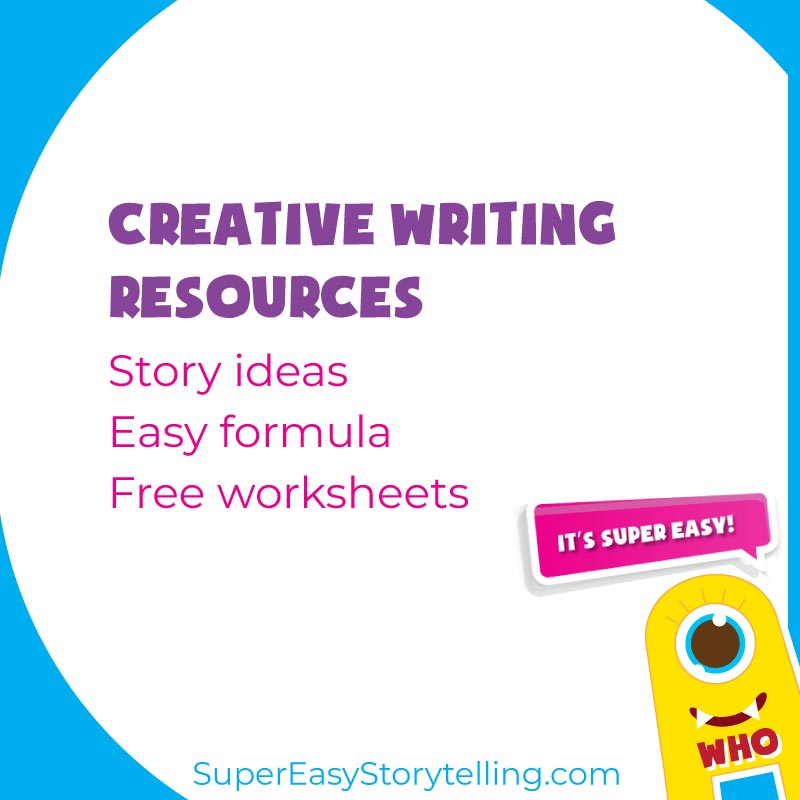How to teach kids to be honest
Part 2 of "Are you teaching your kid to be a better liar?"
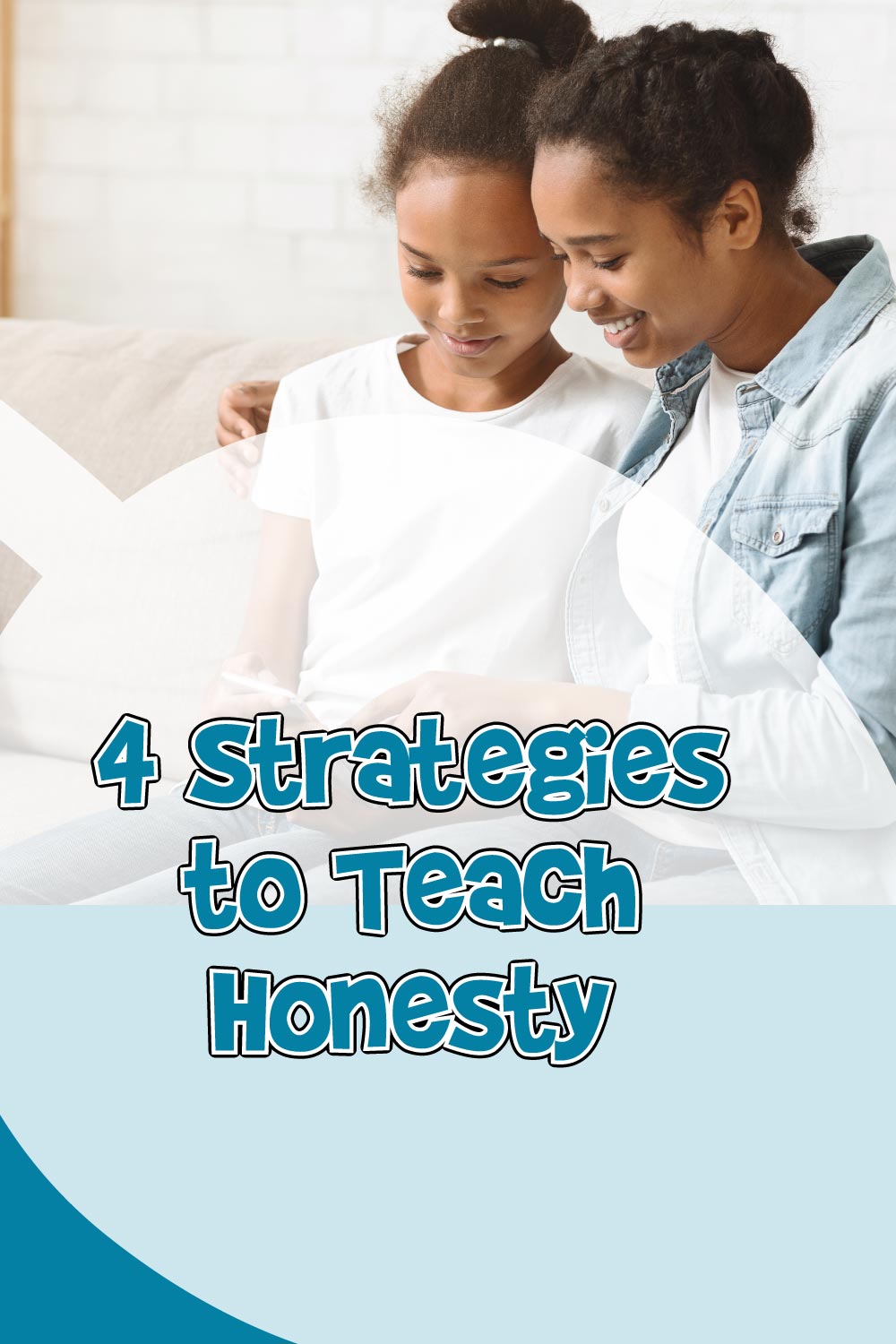
In Part 1 of this series on teaching kids to be more truthful, we learned that conventional wisdom promotes several myths that actually encourage children to lie more. When parents ignore lying or harshly punish lying, children lie more often or they lie more creatively. So what are some techniques we can use to teach kids to be more honest and to tell the truth even when it's hard?
Back to Part 11. Teach kids that honesty feels good
The experts in the book, NurtureShock, (see Part 1 for more info) present a surprisingly obvious truth. While kids need to understand that lying is wrong, they also need to know that honesty is right. The researchers point out that if a child knows that lying is "bad," they feel "bad" when they lie. That's their conscience at work— the child’s body sends them signals that help them feel positive or negative sensations that guide them toward right actions and away from wrong actions. The important thing to remember here is that a child’s conscience isn’t there just to remind them when they’ve done wrong. Their conscience also helps them feel good when they do good. Honesty should feel "good" as much as lying should feel "bad."
We tend to teach children about the many dimensions of honesty in terms of all the things they will be punished for doing that are wrong— "don’t steal," "don’t trick people (deceive)," "don’t cheat." To teach children to value honesty, we need to help them make the connection that achieving our goals through honesty feels really good on the inside.
2. Praise honesty even more than you would punish lying
The first step in helping kids feel good about telling the truth is to show that being honest is a good trait, and it makes the adults in their life happy when they tell the truth. The experts in NurtureShock cite a study in which children were told two stories about lying: 1) The Boy Who Cried Wolf (which is a story where a boy lies, bad things happen, and then the boy is punished) and 2) George Washington and the Cherry Tree (which is a story where a boy lies, takes responsibility for his wrong action, and is then praised for telling the truth.) Guess which story motivated kids to tell the truth? The George Washington story was more motivating to children. Despite the fact that avoiding punishment is one of the primary reasons kids lie, the children in the study were more motivated to be truthful by the boy who took responsibility for his actions and risked punishment. This is because the boy who told the truth was praised for telling the truth. What kids want even more than not being punished is to have a way to deal with the wrong-doing while also making their parents happy. If telling the truth makes you happy, your kids will be more likely to tell the truth.
What this means, is that we need to encourage kids to tell the truth, and we have to honestly meet their truthfulness with praise. We can’t convince a child to tell the truth about something they did wrong and then punish them for having fessed up to it— that’s deception (and hypocrisy given this is a lesson about honesty.) What's more, they won’t fall for it more than once, which means they are much more likely to avoid being honest next time. But— you're waving your arms and yelling at me— I can't just ignore the wrong thing they did in the first place and praise the fact that they told me the truth about it?!? Now what do I do? Read on for the secret to addressing the original wrong act, while also encouraging truthfulness.
3. Hold kids accountable for doing wrong, but give them extra consequences for lying about it
The way to address both a wrong-doing and any lies the child tells about it is to treat them as two separate issues. The original act of wrong-doing needs to be addressed because the child needs to learn accountability and responsibility for their actions. But make it clear that if the child isn't truthful when you ask what happened, the consequences will be worse than if they just tell the truth.
Now this part is really important because your follow-through will either create or destroy their trust in you. If they tell you the truth, you must honor your commitment and make the consequence for the original wrong-doing less while making the consequence for lying about it a little stronger. (And keep in mind that harsh punishments in general encourage more lying— see Part 1 for more on that.)
Here’s an example:
When he was young, my son was playing on his game player after bedtime, which is against our house rules. I saw the light coming from under the door and could reasonably assume what was happening. I opened the door and he hid the game player. I said, "I’m going to ask what you were doing. If you tell me the truth, the consequence will address the mistake. If you lie about what you were doing, you’ll get in double trouble— once for the mistake and even more for the lie."
Here’s how the consequence side of the equation works: If he told the truth, he might lose his game player for two days for having sneaked it. (That’s the consequence for the original wrong-doing.) If he lied about what he was doing, he’d lose his game player for a week. (That’s the consequence for the original mistake plus the lying.) So he had an option to tell the truth and face a smaller consequence or to try to lie his way out of it and face a bigger consequence.
This is a great technique when children are young because 1) it’s often easy to figure out the real truth of the situation, and 2) the mistakes they make are pretty small. If you lay this groundwork when they are young, it helps manage truthfulness when they are older and are more clever in their ability to lie—and when the consequences of the choices they make can be more serious. How do I know this works? It's years later, and my kids are grown up. The son I mentioned in the example is now a teenager. Whenever he’s about to potentially get in trouble he typically says, "I’m not going to lie because I know that’ll get me in more trouble. So keep in mind that I’m about to be truthful and please make the consequence fair." I’m not kidding; he literally says this. The technique works if you are consistent and hold up your end of the agreement that the consequences for telling the truth are better than the consequences for lying. It also helps if you don’t freak out when they tell you the truth. Trust is important here, and they need to know that telling the truth won’t create an emotional storm that they will want to avoid.
4. Teach the true value of honesty
As parents who are trying to raise morally responsible humans, we'd like our kids to learn to do the right thing for the right reason. We want them to choose honesty not because they are afraid of getting caught, but because they know it is right to be honest. To help them understand why honesty is right, it helps to explain the value of honesty. Here are a few rational reasons to help children understand why honesty is the best policy:
- Honesty feels good- When we're honest, our body sends us warm, glowing pride for having done the right thing. Help children notice that positive feeling they have when they tell the truth so they can enjoy the fact that doing good feels good. When we praise honesty, kids learn to value the feelings that come with being honest.
- Teach children that honesty helps keep people safe- We can help children understand that rules are often there to keep people safe, which encourages a child’s natural empathy to guide them to choose an action that doesn’t cause harm to themselves or others. For example, if they say they are going to a friend’s house but they sneak off someplace else, we can explain that if something had happened to them, we wouldn’t be able to help because we didn’t know where the were. Or for example, if they falsely blamed a friend for something, we can explain how that friend will feel bad and will face unfair consequences. Helping kids connect how their actions create outcomes helps them understand why having real, truthful information is important.
- Teach children that lying damages trust- As children grow, they want more freedom. But for a parent or teacher to give freedom, they need to know the child can make good choices and be trusted to do what they say they’ll do. Lying violates trust and makes it harder to allow freedom. For our children, the threat of losing freedoms they enjoyed, like walking to a friend's house or going to a sleepover, immediately reigned in dishonest behavior. We would remind them that if they wanted to do those things, we needed to know they would do what they said they’d do, be where they said they’d be, and that when they were away from us, we could count on them to make good choices. Children are motivated to be honest when they understand that establishing their own reputation for trustworthiness means they can be trusted to venture out and do the things they want to be allowed to do.
Explore some resources to teach honesty
Honesty is one of the single most important lessons for children to learn. It’s the foundation of trust, which they’ll need with friends, teachers, parents, and throughout life. Honesty can be challenging to explain, so here are a couple resources that may help.
- Be Proud Story- Share this story about a boy who learns to listen to his conscience and make honest choices that he can be proud of.
- Honesty Teaching Resources- Explore free, printable worksheets, presentations, posters and more teaching resources.
Note: this page contains affiliate links.
Colleen Doyle Bryant
Colleen Doyle Bryant is the author of five books and more than 50 learning resources about making good choices for the right reasons. Her Talking with Trees series for elementary students and Truth Be Told Quotes series for teens are used in curricula around the world. Rooted in Decency, Colleen’s most recent release, written for an adult audience, explores how the decline in common decency is affecting wellbeing, and how we can build more trust and cooperation. Learn more at ColleenDoyleBryant.com
